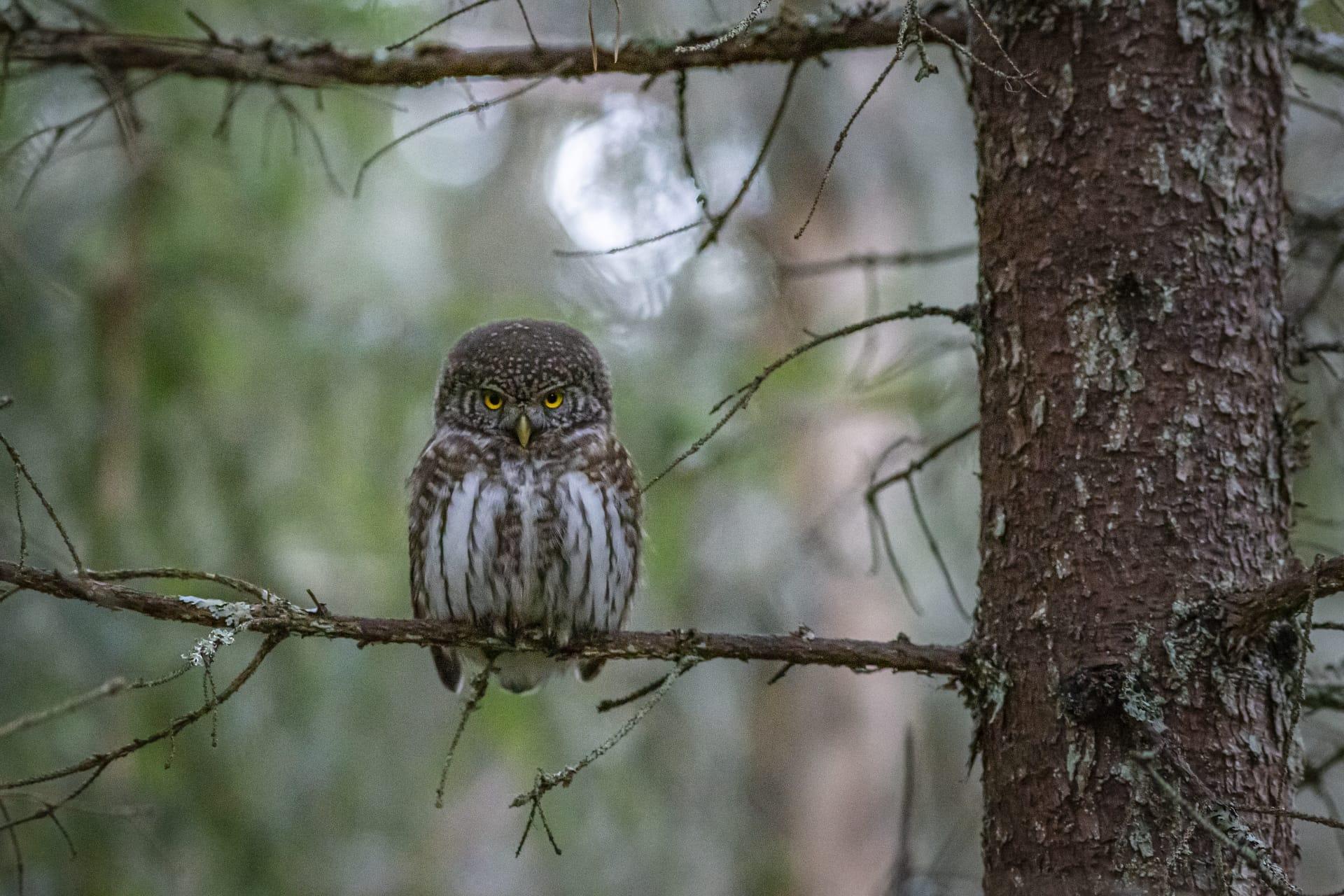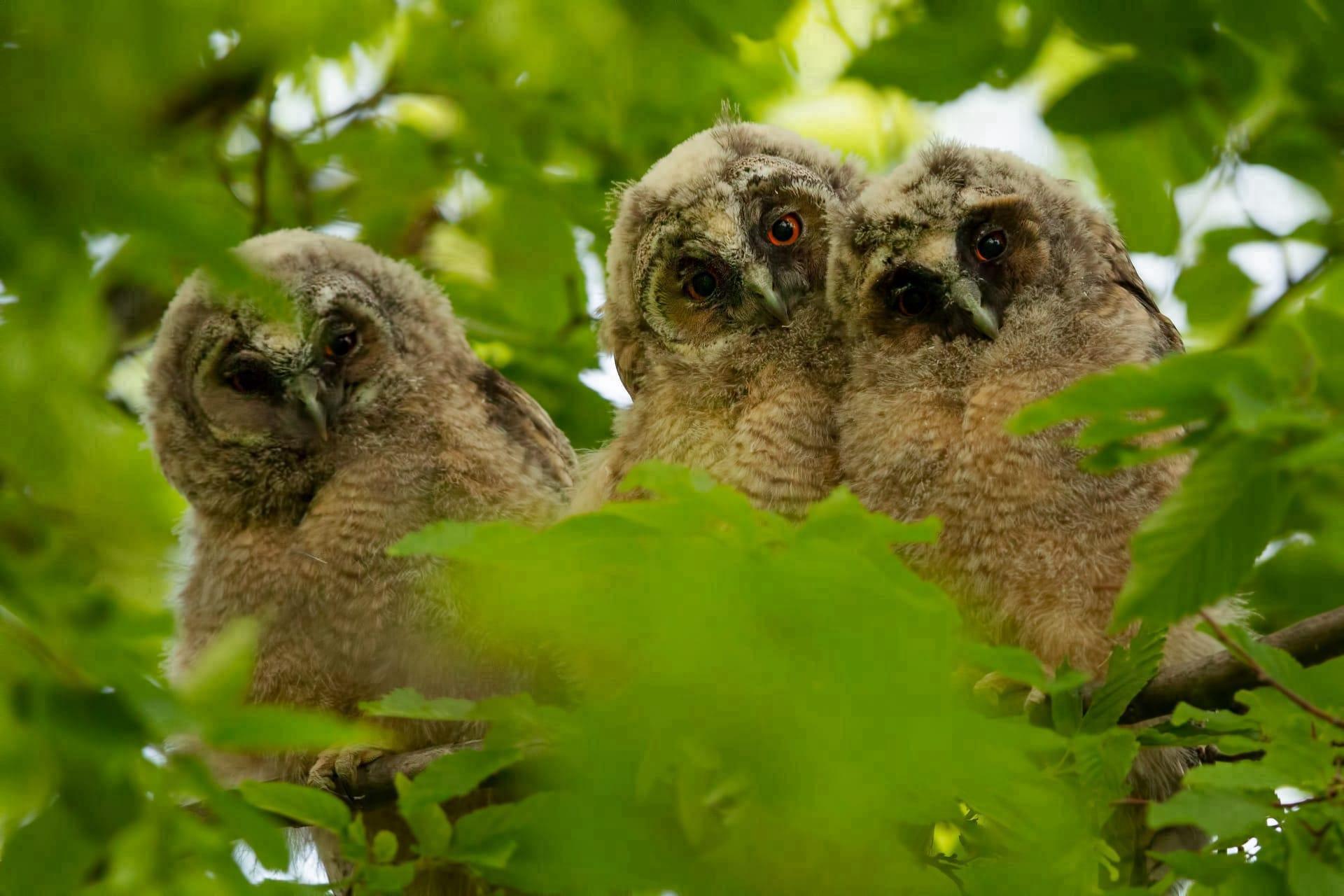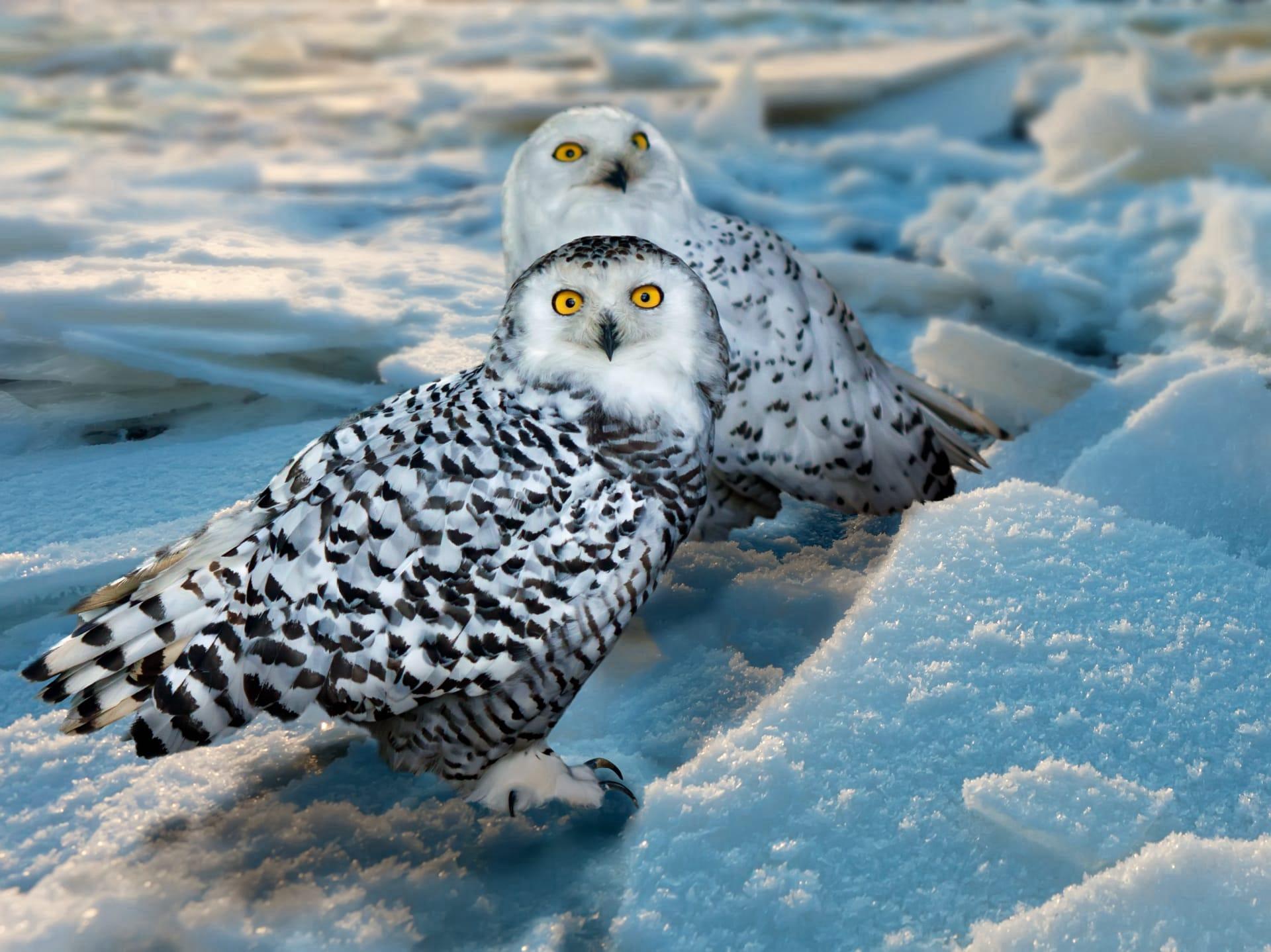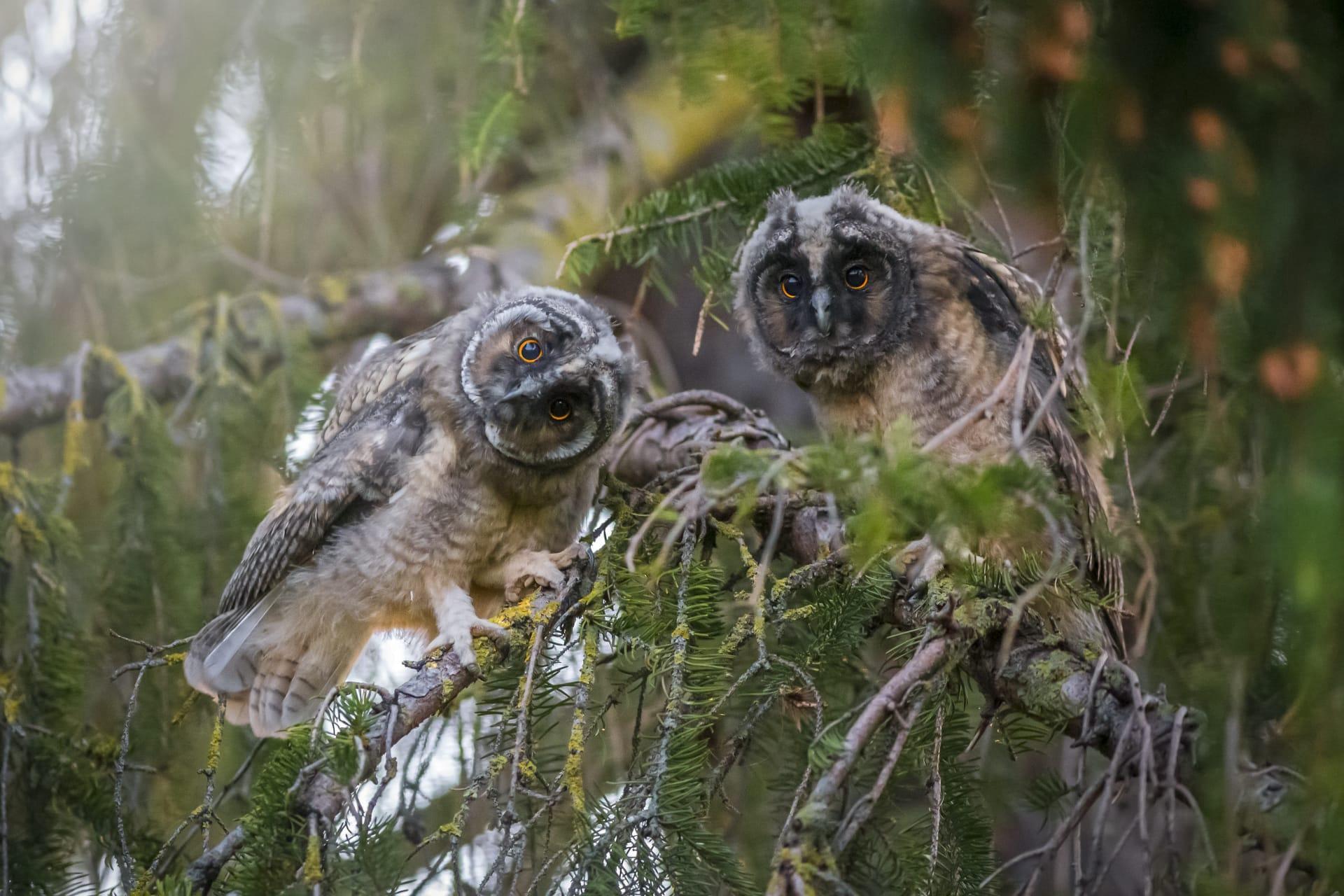Owl Characteristics
- Home /
- Mini Encyclopedia /
- Animal /
- Owl Characteristics
1
Owls, intriguing creatures of the night, exhibit a fascinating array of physical characteristics. Varying greatly in size, some species like the tiny Elf Owl measure just about 5 inches in length, while the larger species like the Eurasian Eagle-Owl can span up to 28 inches. Their lifespan also shows remarkable variation. While smaller species typically live around 4 years, larger owls like the Great Horned Owl can live up to 20 years in the wild, and even longer in captivity.
One of the most remarkable organs of an owl is its eyes. Owls are known for their large, forward-facing eyes that grant them binocular vision. Unlike human eyes, owl eyes are not spherical but tube-shaped, offering a more extensive field of view. This unique eye structure enables them to see in low light conditions. Additionally, they have a high number of rod cells in the retina, which are more sensitive to light and motion, making them excellent nocturnal hunters.

2
Question: Why don't owls make noise when they fly?
Answer: The silent flight of owls is due to their specialized feather structure. The leading edges of their wings have serrations that reduce turbulence, while the trailing edges are fringed to minimize noise. Furthermore, their feathers are velvety, absorbing sound waves rather than reflecting them. This adaptation allows owls to fly silently, which is crucial for hunting prey at night without alerting them.

3
Owls exhibit extraordinary mobility traits. Their flexible necks can rotate up to 270 degrees, allowing them to look in any direction without moving their bodies. This compensates for their fixed eye sockets. In flight, owls are agile and can maneuver through dense forests and tight spaces. Their wing shape and large wing surface relative to body weight enable them to glide silently and efficiently.
When it comes to hunting, owls are formidable predators. They primarily hunt small mammals, insects, and other birds. Owls use their keen hearing, aided by asymmetrical ear placement, to pinpoint the location of their prey even under a blanket of snow or in complete darkness. Once located, they swoop down silently and capture the prey with their sharp talons, which are powerful enough to kill and carry animals several times their weight.

4
Owls inhabit a diverse range of environments, from dense forests to open prairies and even urban areas. Their adaptability to different habitats is remarkable. Some species, like the Snowy Owl, thrive in the Arctic tundra, while others, such as the Barn Owl, are commonly found in agricultural regions and barns. Their presence in various environments is largely dependent on the availability of prey and nesting sites.
Regarding reproduction, most owl species are monogamous, often bonding for life. They typically nest in trees, but some species may choose ground level or even man-made structures. The female lays eggs, which number varies by species, and both parents partake in incubation and feeding the chicks. The young are born blind and helpless but grow rapidly, learning to fly and hunt within weeks.

5
Book: "Owls of the World" by James Duncan. This comprehensive guide, published in the United States in the early 2000s, offers a detailed look into the lives of owl species across the globe. Duncan, an ornithologist, provides insights into the behavior, habitat, and conservation of these fascinating birds, along with stunning photography and illustrations.
Book: "The Owl Who Liked Sitting on Caesar" by Martin Windrow. This memoir, published in the United Kingdom in 2014, tells the heartwarming story of the author's life with a Tawny Owl named Mumble. Windrow, a military historian, offers a unique blend of humor and tenderness, providing an intimate glimpse into the world of owls and the special bond they can form with humans.